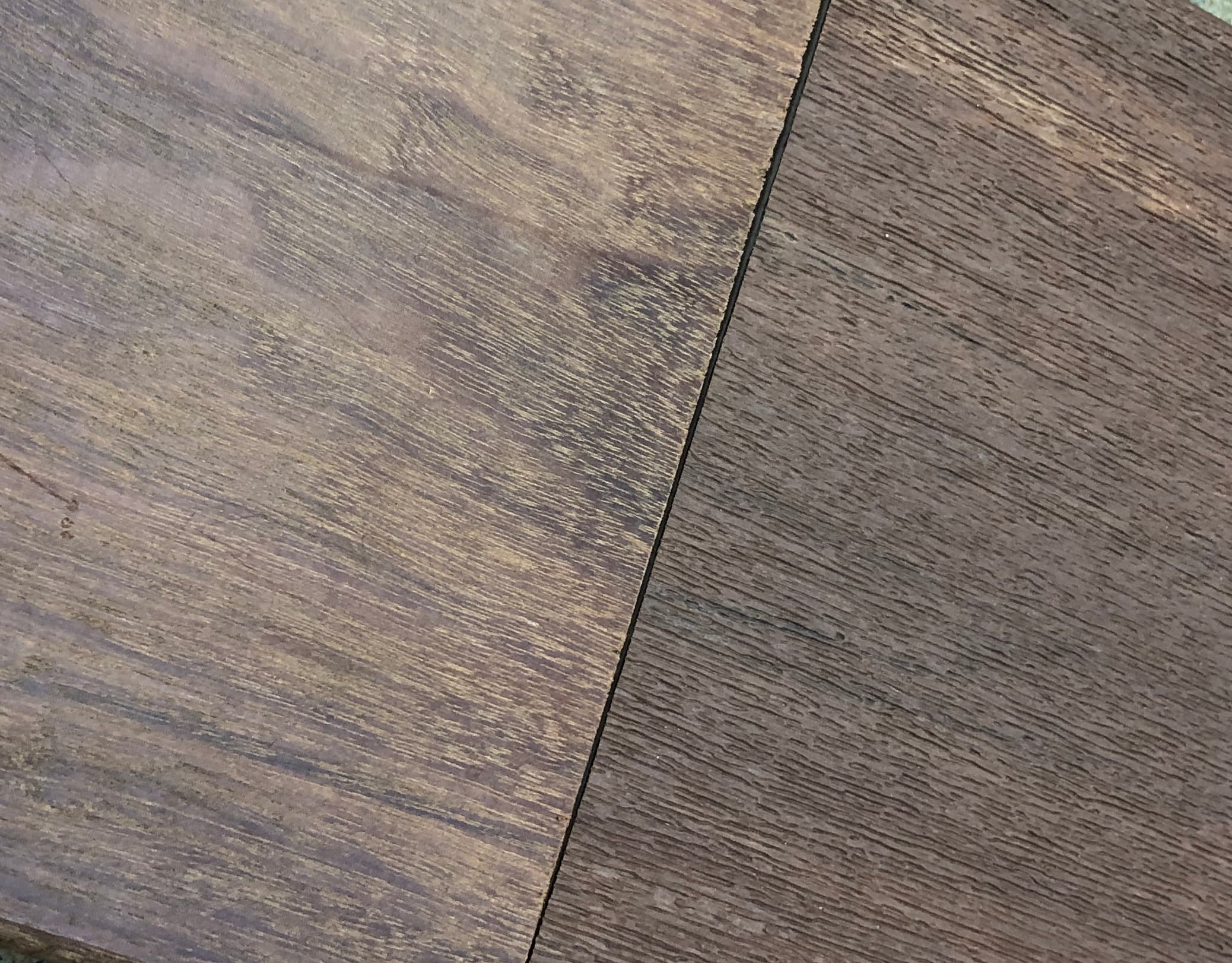
Comparing 2020 Composite Decking Prices
So you’ve made the decision to go with composite decking for your new outdoor project. The promise of little or no maintenance is too good to resist compared to the periodic maintenance and refinishing natural wood requires. With so many options to choose from, how do you ensure you’re getting the product that’s right for you? For us, choosing a composite deck comes down to a few basic criteria: Overall cost, appearance, durability and comfort underfoot.
To shed some light on sorting out the various options, we’ll focus on the four competing brands carried at The Decking Superstore:
- Trex Composite Decking
- TimberTech Composite Decking
- TimberTech AZEK Composite Decking
- Fiberon Composite Decking
Comparing these four brands should be a simple exercise until you realize that each offers tiered grades. For example, Trex uses a good, better, best model for their three lines of boards. We found that this rating is not indicative of quality (all boards will have similar long-lasting performance), however this rating is mainly based on looks/appearance (more colors per board, better streaking and grain patterns, and is closer looking to natural wood).
- Good Looking: Enhance
- Better Looking: Select
- Best Looking: Transcend
TimberTech has a similar strategy:
- Good Looking: Terrain
- Better Looking: Tropical
- Best Looking: Legacy
TimberTech AZEK and TimberTech also offer tiered grades. Entry-level composites are usually single-color boards with simple wood grain patterns. As the price increases, boards become multi-colored with more complex grain patterns designed to mimic tropical hardwoods. So, when evaluating appearance, the more expensive the boards are, the more closely they resemble natural wood.
To give you a rough estimate of costs, we’ve provided the following sample prices below as a guide based on today’s market prices in 2020. Keep in mind these estimates are rudimentary based on 100 sq. ft. of decking material only, without railings, sub-structure or installation costs. Also remember that volume discounts are available at The Decking Superstore. The numbers will give you a pretty good understanding of how these brands stack up.

Generally speaking, Trex and Fiberon offer the least expensive options while TimberTech and AZEK come in on the higher end. However, keep in mind that the higher-tiered grades of Trex are more expensive than the lower-tiered grades of Timbertech so it’s important to make sure you’re comparing apples to apples. Measuring comfort underfoot is highly subjective–be sure to visit us at The Decking Superstore where you can take your shoes off and walk on the actual product. Nothing beats experiencing the feel of the surface for yourself. Also, keep in mind how the boards will feel after being subjected to bright sunlight for a few hours. Lightweight PVC boards get considerably hotter than a heavier, more dense board like Trex. And light-coloured boards remain cooler than darker-colored boards of the same material. If you live in a climate where snow is a possibility, smoother boards tend to be more slippery than a heavily-textured board. When it comes to durability, each of these four companies have impressive warranties: Trex, Fiberon and TimberTech offer 25-years and AZEK comes in with a whopping 50-year warranty. With predicted lifespans like those, make sure you carefully weigh cost, appearance and feel underfoot. 25 years is a long time to live with a deck you don’t love!
Please stay tuned for more composite product comparisons in our upcoming 6 part series coming soon.

